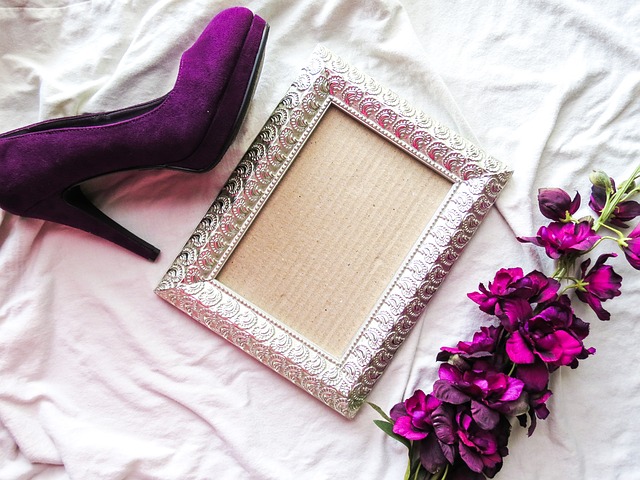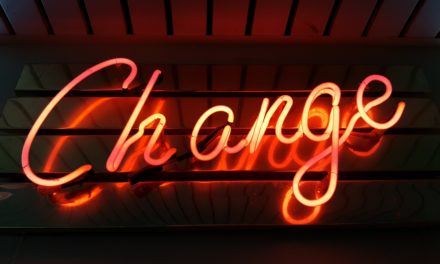If you have a hobby you enjoy, you might consider whether you should turn it into a side business. There are many success stories and online retail outlets including Ebay and Etsy are full of handmade clothing and accessories, repurposed furniture and other items that started as hobbies and have turned into businesses. But are they profitable?
In retail, there is usually an investment in inventory to allow you to offer a good selection to your customers. And in the case of handmade goods, often the creator is not paid a fair wage for their time due to what market prices demand. You might take a week or more to knit gorgeous custom sweaters made of wool you dye yourself, but is the public willing to pay you what your time is worth? Are there enough people who are willing to pay $500 for a sweater? If not, you might have a hobby rather than a business*.
Almost every business has start-up costs associated with it. But concentrating on minimum initial costs and determining if your side business is a money maker or a hobby can help you decide how much to invest upfront. Consider the following true story. Teresa** got interested in framing art as an extension of her photography business. She felt that by offering to frame, she could up-sell, as well as eliminate an extra step for her customers by being able to provide them portraits ready to take home and hang on the wall. Her wedding clients found this particularly appealing, and she started offering packages which included a framed portrait and also offering mail order framing. When researching mat cutting, she found a top-of-the-line computer automated machine that could be programmed to make even intricate cuts in seconds. This tool allowed her to save time measuring and cutting and also offer advanced designs to clients. The machine cost about $20,000, but Teresa decided if she was going to offer custom framing, she was going to invest in the best tools available to allow herself a competitive advantage, and she bought the machine with the help of a bank loan with interest.
What she could not have known was less than 2 years later she would find herself moving across the country into a temporary housing situation having to put the machine into a storage unit. And her attention would turn from framing to getting her family settled into a new state and building a house. And then her priorities changed from her side business to fostering children and her household size doubled. In just 5 years, the technology changed so significantly that newer versions of this mat cutter became available for less than half the price, making it impossible to sell the machine for even what was owed on it. Sadly, it was an investment that never paid off for her and she was making payments on a machine she was also paying to keep in storage.
Ideally, a side business will have a low initial investment cost associated with it and require more sweat equity than materials. A “low ” price might mean something different for everyone, but consider asking yourself the following questions:
- If my life or goals changed drastically and I was not able to recoup initial investment costs, would this be a major financial setback?
- Are these initial investment costs something I might be able to resell easily?
- Is there a way to start with lower initial costs?
- Is technology a factor?
- Have I thoroughly researched all my options of what I think I need to successfully launch?
- Do I need to borrow money to make the initial investments? If so, am I comfortable with taking on debt?
It’s wise to consider starting with the bare necessities your business needs and saving towards larger investments into your business needs as your profits grow. Teresa told me there was a less impressive table-top version of the machine she bought available for about $500 at the time she made the purchase and had she started with that, it would have paid for itself within the first year. She could have then decided if investing in the upscale model was a still a priority. There are many side businesses that allow you to get started with a very minimal initial investment and upgrade as you grow. As you evaluate your business plan consider taking a conservative route.
*For more on this topic see Clare Levison’s article on how the IRS defines a business.
** Not her real name






